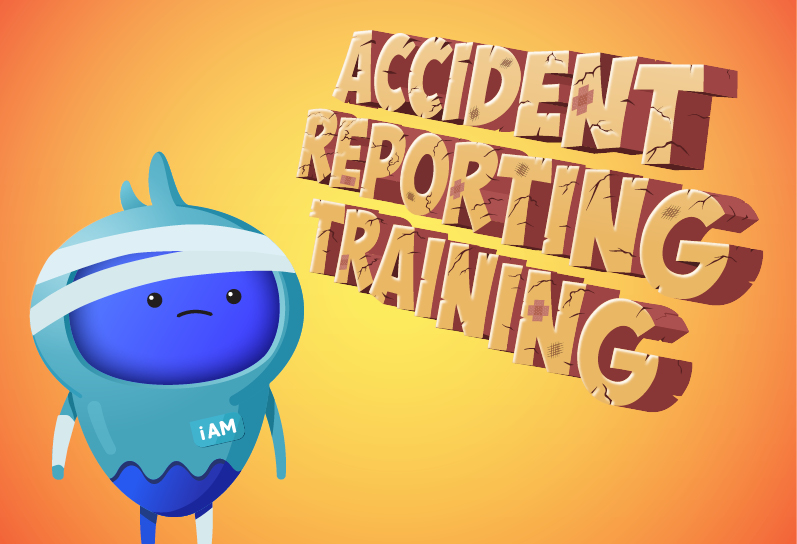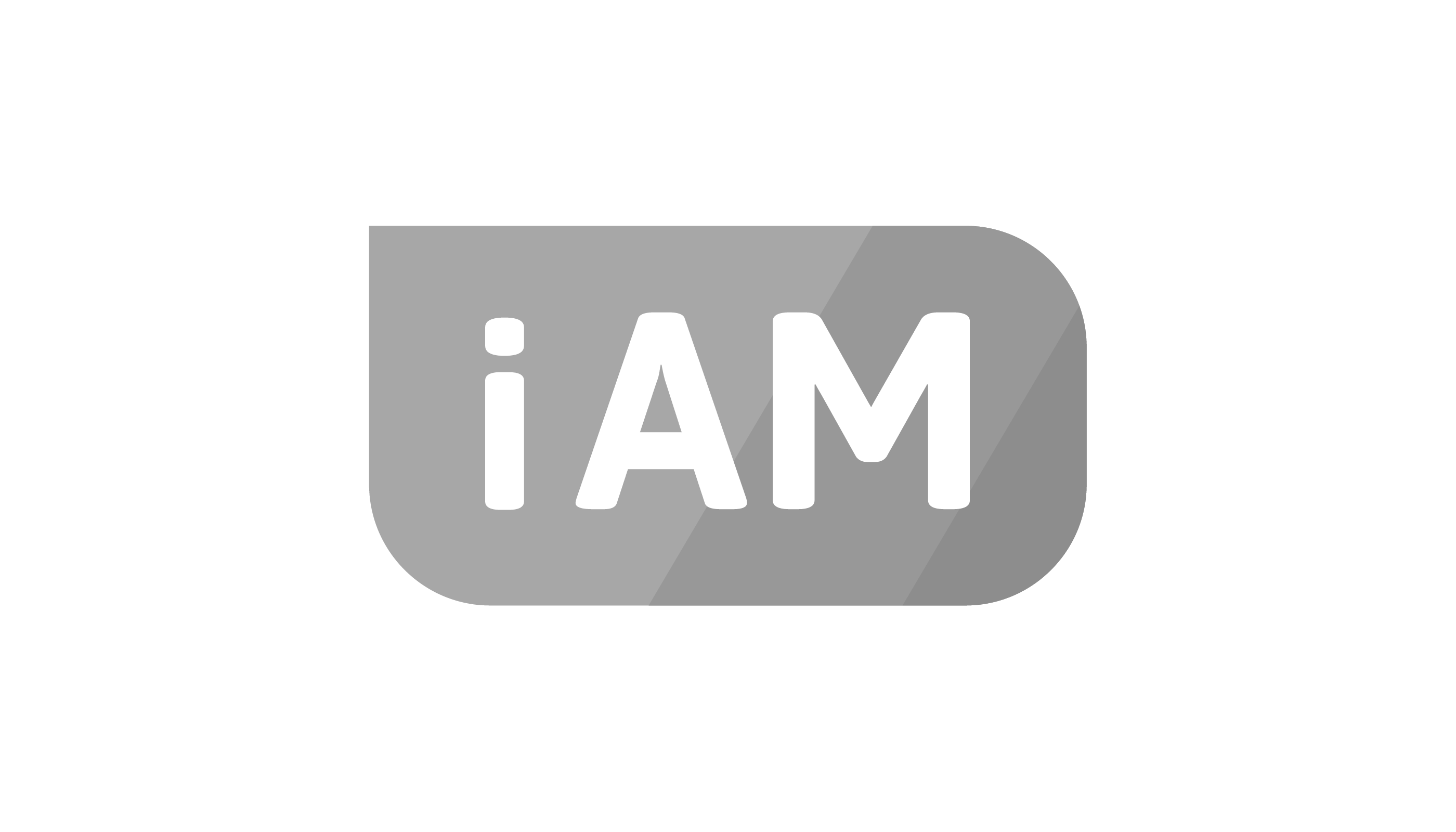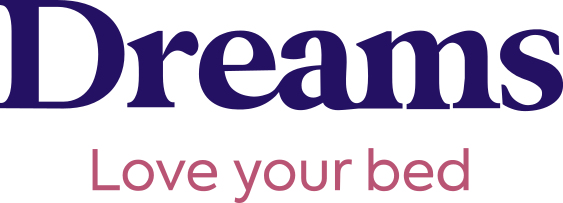Accident Reporting Training
Every workplace has a health and safety enthusiast – it’s the person clutching a clipboard and reminding you for the third time not to overload the power socket. You may roll your eyes at their strictness, but they’re keeping everyone safe from injury and preventing fines landing on your desk. Businesses must have responsible people to report accidents at work when they occur. Aside from keeping employees safe, it’s the law. Part of our key compliance online training collection, this course will help everyone stay safe at work.
Learning outcomes:
- Explain why reporting accidents is so important
- Understand how to complete an accident book and make RIDDOR reports correctly
- Recognize which records to keep and when to report incidents
- Define employee and employer responsibilities





Why choose iAM Learning
Peace of mind with testing
This course also has an assessment at the end which allows learners to test their understanding and helps businesses demonstrate a level of competence in the topic.
Accessibility
Everyone has the right to learn and learner need can vary depending on environment or disabilities. To support this diversity, we provide transcripts so people have text options for media, alongside subtitles for all videos.
Certified training
Our Collections are IOSH approved and CPD certified which gives you piece of mind knowing you're getting good quality content.















Want to see more?
Your business will likely face unique challenges, but our friendly team is happy to answer any questions you may have. We’re eager to show you any specific courses you’re interested in, or guide you through our off the shelf eLearning courses.
Related courses
There are no courses that matches your search criteria
Please try adjusting your search terms or removing filters to broaden your search criteria